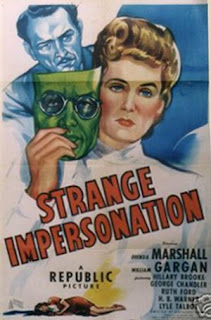Although Lois Weber, the most important & successful of the early female helmers, tied many of her pics to social issues, surely none was as daring as this bifurcated look at birth control & eugenics in American society. Here, a world of drunken lower-class wastrels populate the tenements with unwanted brats while upper-crust ladies are so concerned with club life & high society that they routinely have abortions. Even using a disreputable doctor known for slip-ups. The two sides of this story merge when D.A. Tyrone Power, Sr brings an outspoken eugenics supporter to court just as he discovers his own wife’s immersion in the shadow world of illegal abortions. Much of the Social Darwinism approvingly shown here is faintly terrifying and Weber’s picturization of congregations of unborn souls may give pause*, but the general arguments remain timely & fascinating, to say nothing of her remarkably advanced narrative technique and the naturalistic acting. The film remains highly watchable and truly thought provoking.
SCREWY THOUGHT OF THE DAY: *Did Hugo Hoffmannsthal see this before writing the libretto of DIE FRAU OHNE SCHATTEN for R. Strauss in 1919? Or did they both grab the basic idea from Maurice Maeterlinck’s THE BLUE BIRD?


































